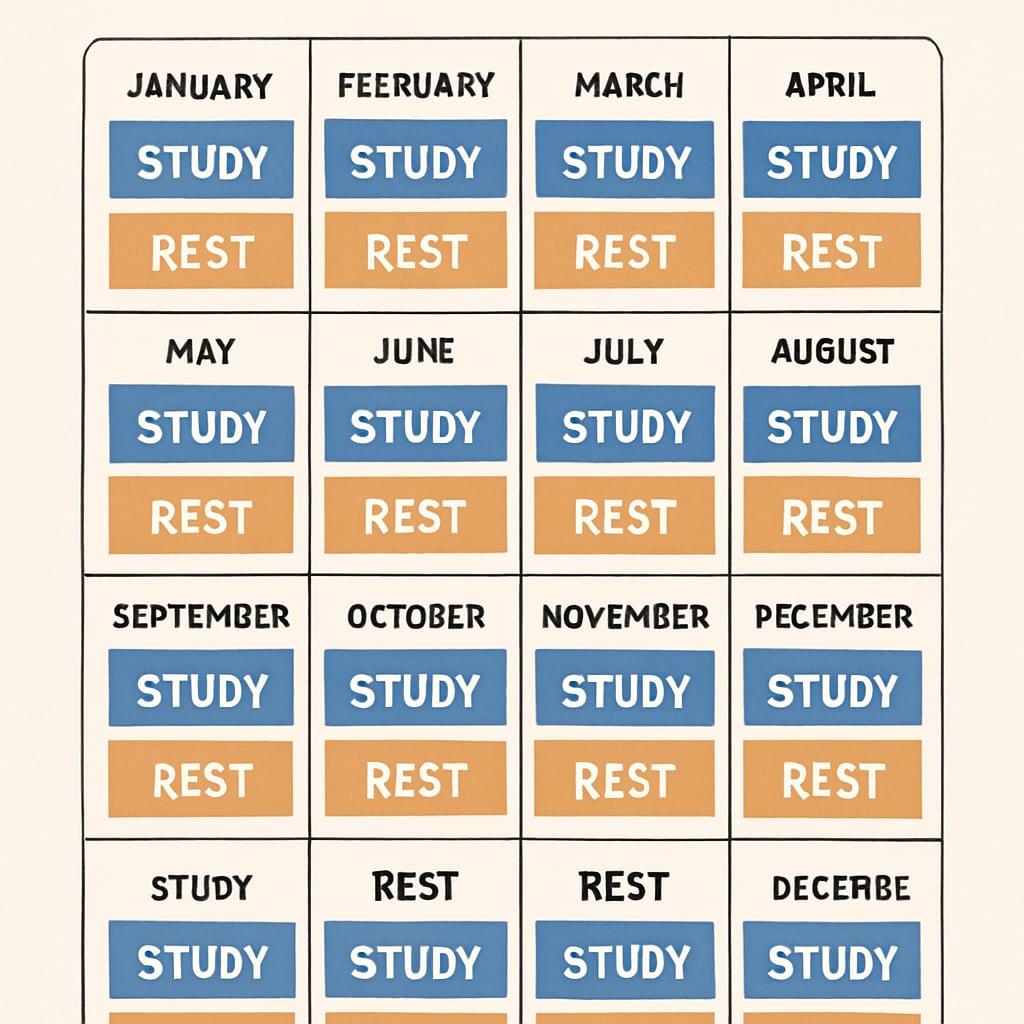Traditional school calendars have long been structured around extended summer breaks, but this design often results in a phenomenon known as “summer learning loss,” where students forget a significant amount of material learned during the previous school year. This article examines how year-round school models can mitigate learning loss, improve knowledge retention, and promote balanced development for K12 students through innovative scheduling strategies.
Understanding “Summer Learning Loss” and Its Impact
Summer learning loss, also referred to as “summer slide,” is a well-documented issue where students lose academic skills and knowledge during long summer vacations. According to research on Wikipedia, this phenomenon disproportionately affects students from lower-income families and can result in a cumulative gap over years of schooling. For example, studies have shown that students can lose up to two months of math skills over a single summer.
Traditional school calendars exacerbate this issue by concentrating learning into a fixed nine-month period, followed by a lengthy break. While summer vacations offer valuable time for relaxation and extracurricular activities, they also disrupt the continuity of learning, making it harder for students to retain knowledge long-term.

Year-Round School Models: A Potential Solution
Year-round school models propose an alternative to the traditional calendar by redistributing breaks throughout the year. Instead of a single long summer vacation, students experience shorter, more frequent breaks that prevent extended periods of disengagement from academic material. For instance, a popular year-round schedule is the “45-15 model,” where students attend school for 45 days and then take a 15-day break.
This approach offers several benefits:
- Improved Knowledge Retention: Shorter breaks reduce the likelihood of summer learning loss, ensuring students retain more of what they learn.
- Balanced Development: Frequent breaks promote mental health and allow students to recharge without losing focus.
- Flexibility for Families: Parents can plan vacations and activities during off-peak times, avoiding the stress of crowded summer schedules.
Adopting year-round schooling requires careful planning and adaptation, but its potential to enhance both academic performance and personal development makes it a compelling option for modern education systems.
Alternating Weeks of Learning and Rest: A New Perspective
While year-round school models like the 45-15 approach are effective, some educators and researchers suggest an even more balanced method: alternating weeks of learning and rest. This “week-on, week-off” model creates a steady rhythm for students, ensuring they have regular breaks without compromising academic continuity.
Key advantages of this system include:
- Encouraging sustained focus by preventing burnout during long stretches of study.
- Allowing families and communities to integrate learning with practical experiences during off weeks.
- Supporting individualized learning plans, as students can catch up or explore new topics during rest periods.
However, implementing such schedules would require collaboration between schools, parents, and policymakers. Challenges like coordinating extracurricular programs and ensuring consistent childcare options must be addressed to make alternating schedules feasible.

Conclusion: Rethinking the School Calendar
Year-round school models present a promising solution to the issue of summer learning loss while offering a more balanced approach to education. By rethinking traditional schedules and exploring innovative options like alternating weeks of learning and rest, schools can prioritize student knowledge retention and holistic development.
For educational systems seeking to adapt to the needs of modern students, year-round schooling is not just an experiment—it is a potential evolution in how we approach learning.
Readability guidance: This article uses short paragraphs, clear transitions, and a mix of lists and examples to enhance readability. Complex terms are explained, and the average sentence length remains concise for easy comprehension.


